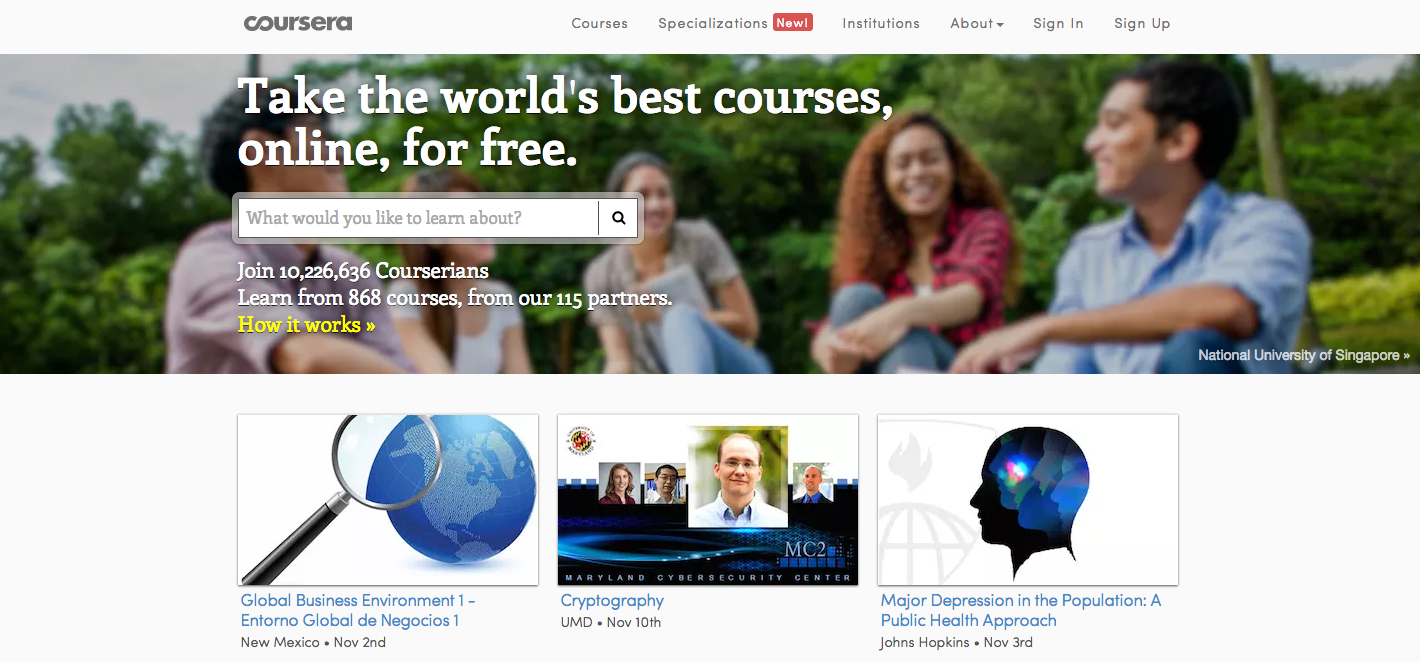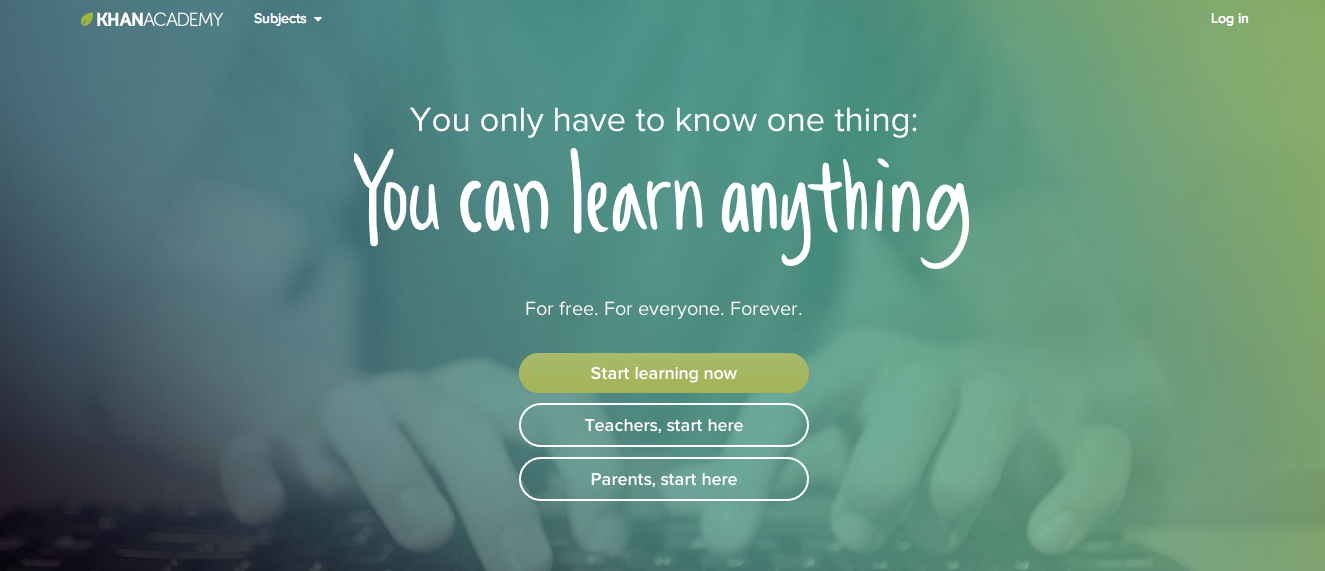With Facebook becoming more of a pay-to-play social network, and with the ability to pay for placements and reach on YouTube, Twitter, and other platforms, having a healthy social media budget at one's hands is a welcome and helpful tool in executing successful communication and social media campaigns. For many organizations, such a budget is a novel concept and other organizations still have no fiscal allocation for social media activities.
How to increase your social media budget
There are many things one can do to increase an organization's social media budget, but I'm going to focus on just one way in this brief blog post:
Look at your organization's marketing/public relations/communications budget as a whole. A sample budget might look like this:
Company ABC's Marketing Budget
- Outdoor ads: $10,000
- Newspaper: $5,000
- Sponsorships: $10,000
- Phonebook: $10,000
- Online: $2,000
- Conference ads: $15,000
- Event marketing: $5,000
- Other: $3,000
- Social media: $1,000
- Total: $61,000
Company ABC has goals. Its marketing budget is put in place to help it reach its specific goals. A savvy marketer should monitor the performance of each tool the department uses to distribute content it hopes will help Company ABC reach its goal in an efficient and effective way. Let's say Company ABC is an high-end ice cream chain with five locations. Let's also say that since Company ABC began operations in 1994, its target audience has remained primarily in the demographic age range of 15-35 years old. A lot has changed since 1994. 15-to-35-year-olds communicate and behave much differently than that same demographic did 20 years ago. Perhaps the marketing group for this chain performs a bit of informal research and finds out that their target audience makes most desert decisions by talking with friends and by using their smart phones to perform searches for local dessert options. Given this generalization of the situation, do any items listed above seem to appear like they could be ineffective at reaching this target audience?
One of the easiest ways to add budget dollars to one's digital marketing budget is to look out for the best interests of your organization and carefully consider its goals and weigh the performance of its spends against the goals to determine which activities seem to be the most efficient, effective ways for the organization to reach its goals.
Let's say the results of your research show that Company ABC is only effectively reaching 10-15 customers for its annual phonebook placements. The cost to reach each customer would be $1,000 / 15 customers = $666.66 per customer. Can Company ABC reach potential ice cream shop customers more inexpensively with other means? Under this same scenario, you might find that the cost to reach 1,000 on social media is $5. One could effectively transfer $5,000 from the phonebook budget allocation to the social media budget increasing it from $1,000 to $6,000. Notice that the overall marketing budget, under this scenario, did not expand. On one had to approach the CEO and ask for more funds. Budget dollars were simply reallocated from one marketing category to another in an attempt to be more efficient and effective with allotted funds.
In short, an easy way to potentially grow your social media marketing budget is to evaluate where current marketing dollars are being spent and how effective those dollars are in helping the organization reach its goals. Based on your findings, make reallocation adjustments to better meet your organization's goals.



































